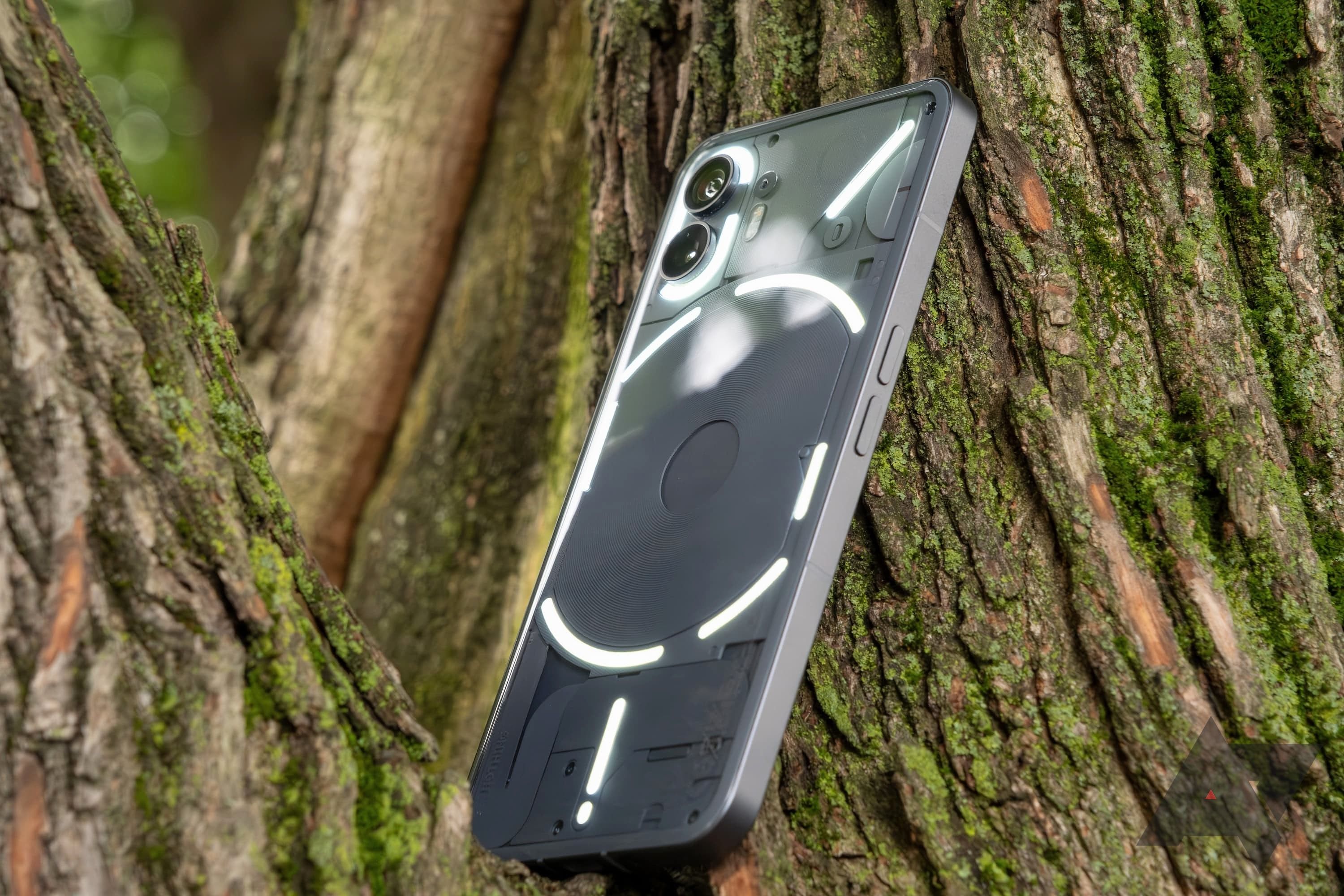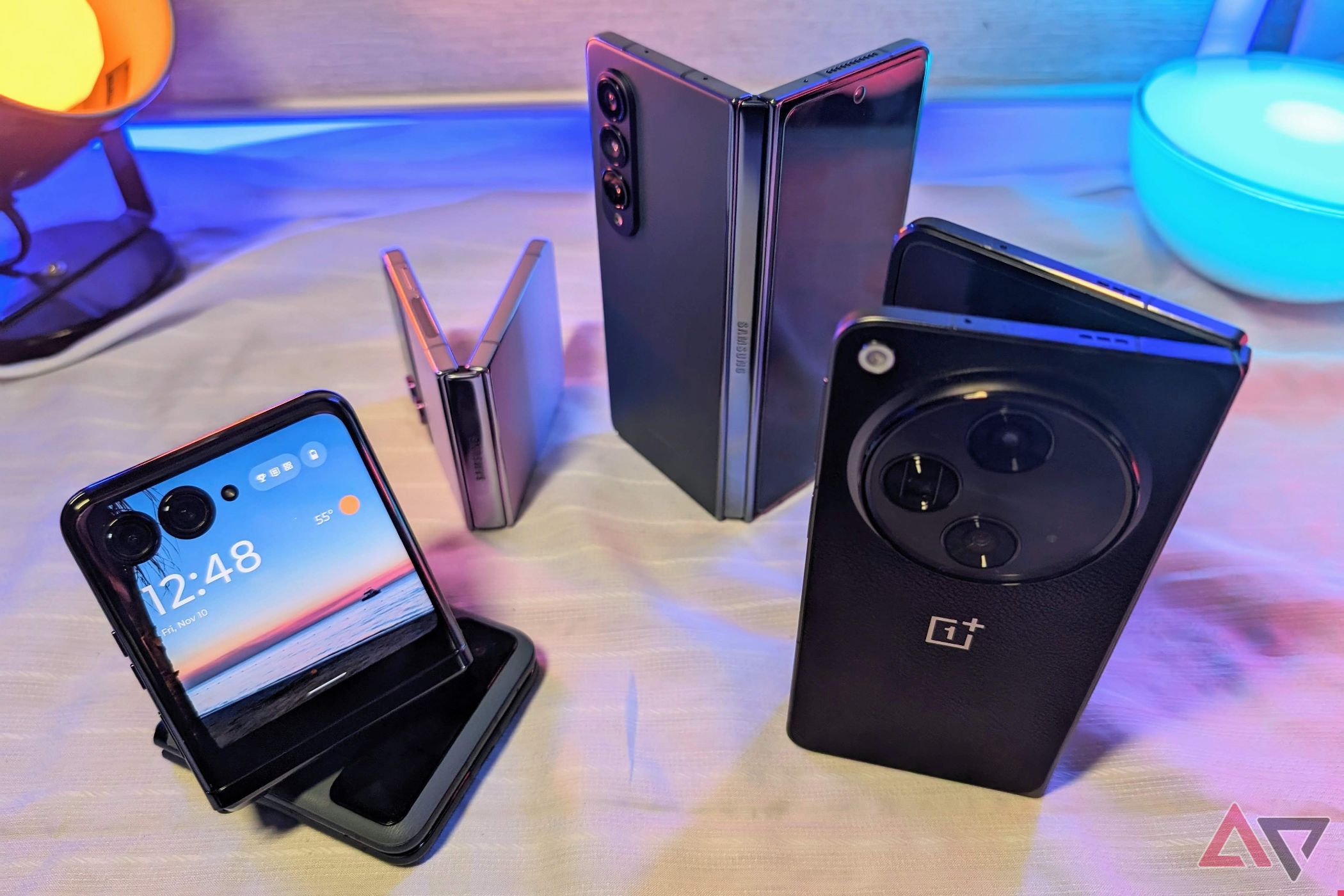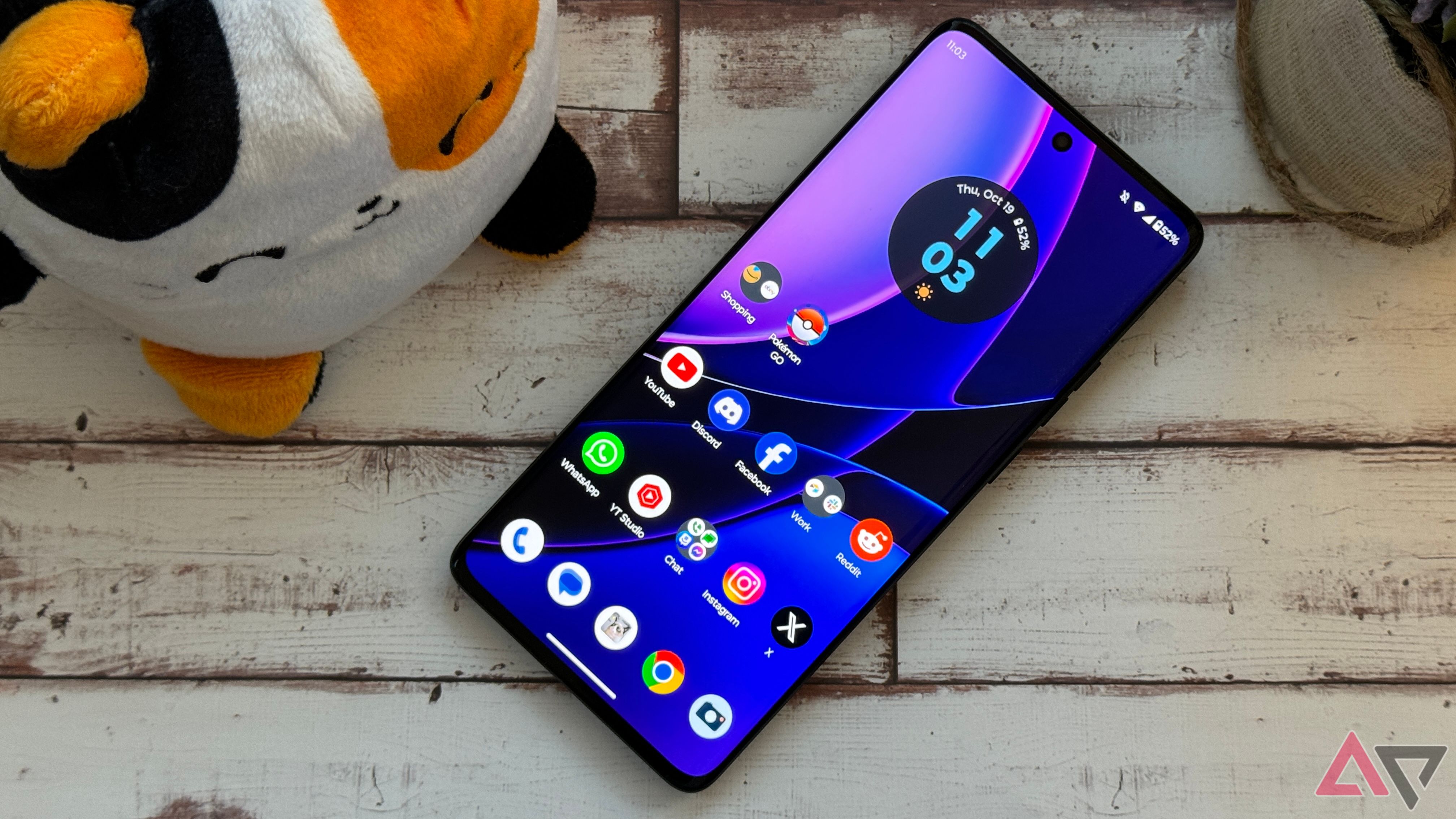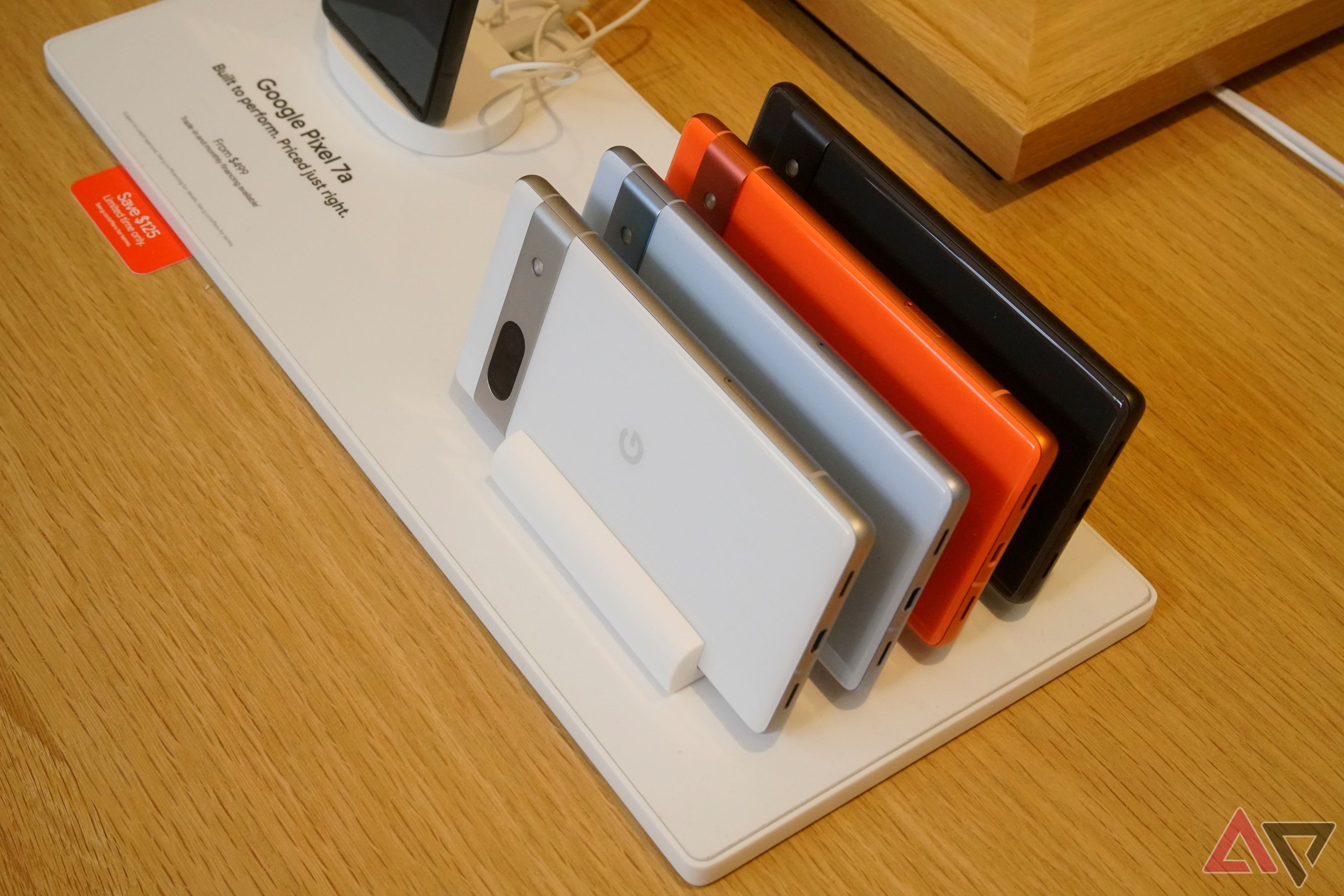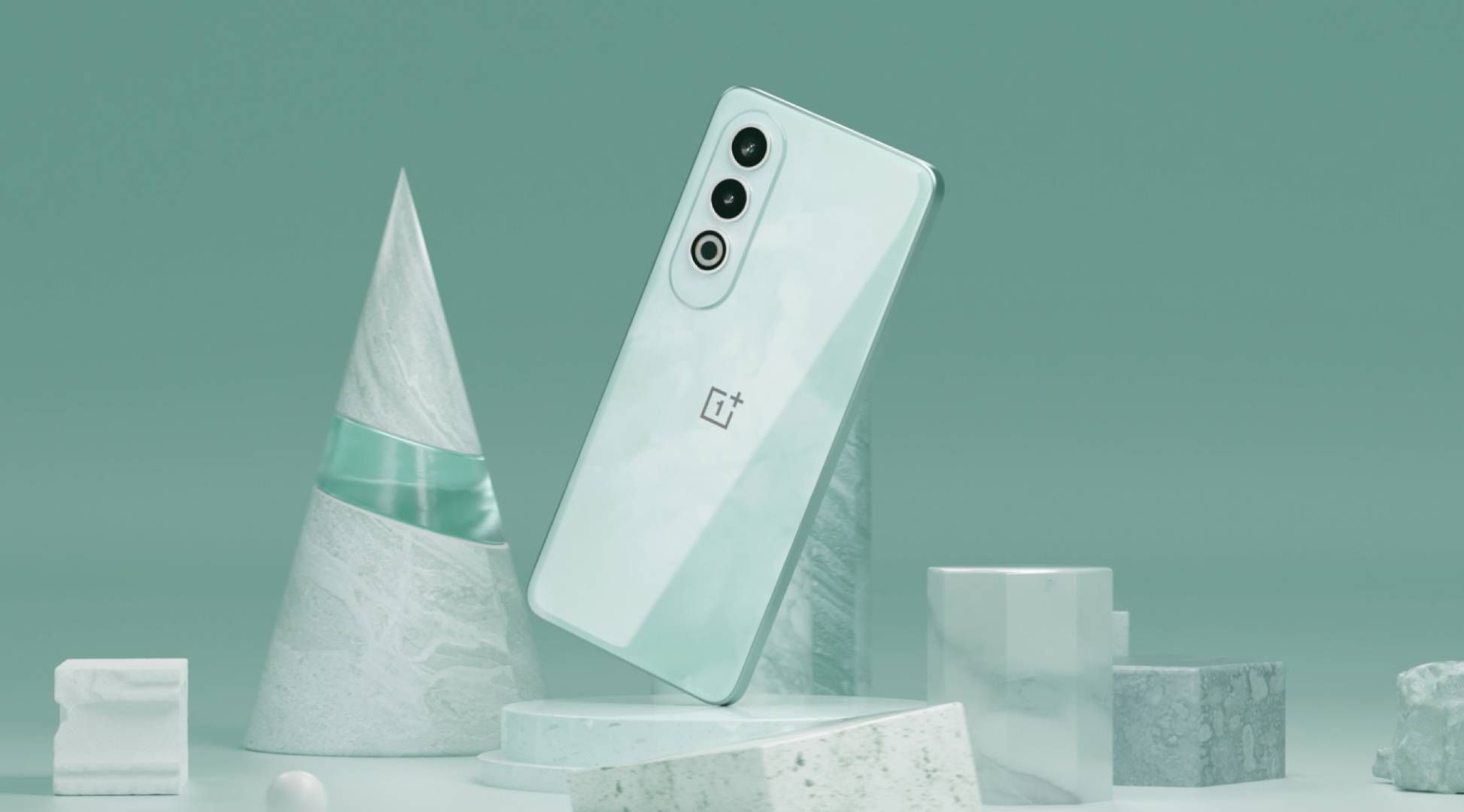Not everybody wants to spend $1,000 on a new flagship phone, but the Android ecosystem is known for its wide selection of devices. In particular, we’ve recently seen some excellent low-cost smartphones like the OnePlus Nord N30 and Samsung Galaxy A15, which will satisfy anybody comfortable with dependable yet entry-level performance.
However, Samsung’s decision to forgo a US release of the excellent Galaxy A55 leaves a decent number of consumers hanging out to dry. Those searching for high-performing devices for less than $500 seem to be left with fewer and fewer options lately.
The Nothing Phone 2’s $550 sticker price is a little higher than we’d like
In defense of moderately priced phones
When the latest buzzwords and iterative top-shelf upgrades don’t impress
Despite flagships’ continued excellence, the last couple of years have seen innovation stagnate, and prices continue to rise. But a huge number of people don’t need the most cutting-edge system-on-a-chip or a 2,000-nit display and definitely don’t want to pay for them.
We don’t all need the latest, most expensive tech in our pockets
Naturally, you expect cheaper phones to sacrifice high-end performance and the most advanced features. In that light, the Galaxy A54 was perfectly satisfactory, especially after the underwhelming A53. So we were excited to see what this year’s midrange Galaxy brought, especially if it could maintain last year’s $450 MSRP.
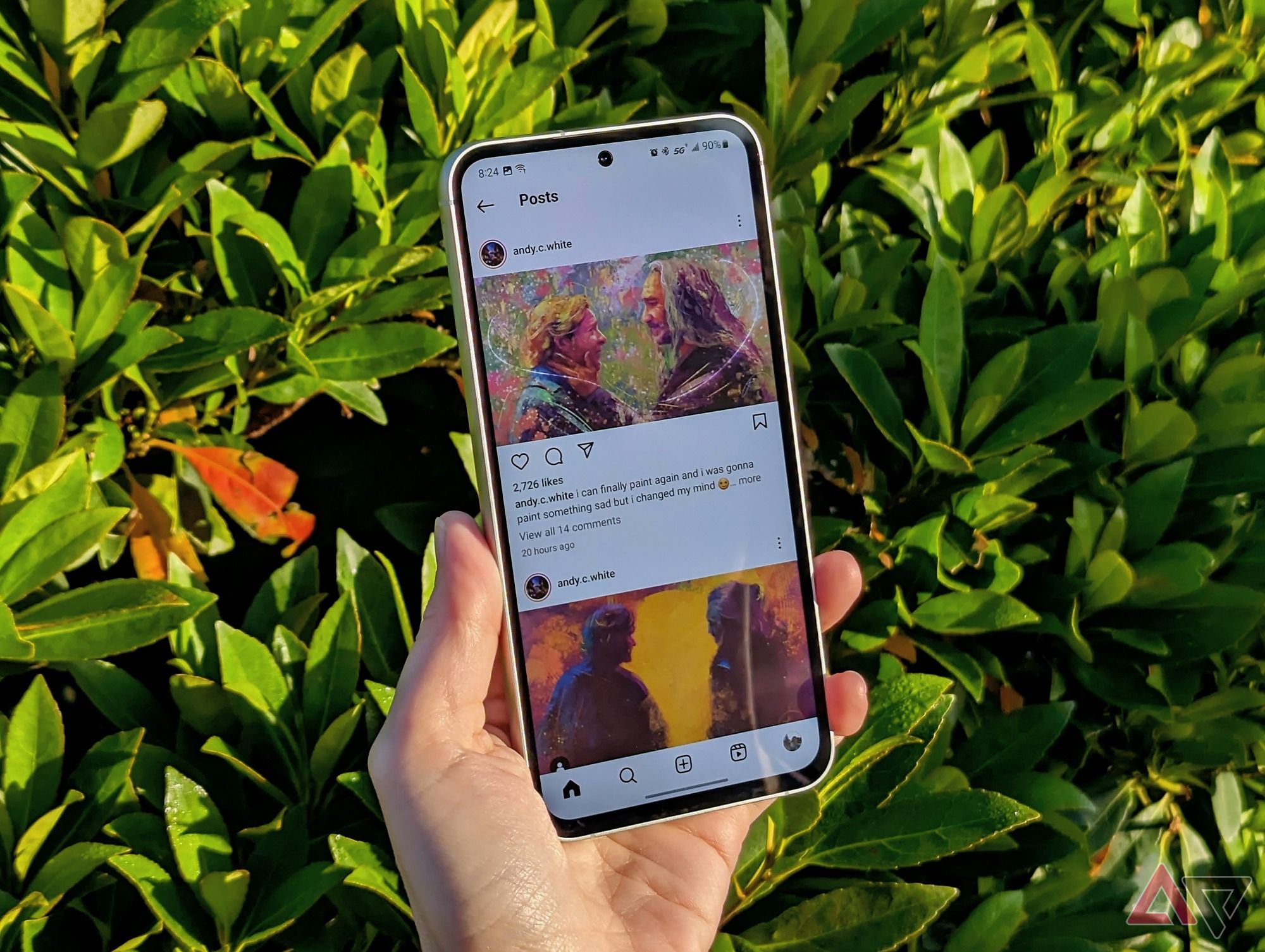
5 Android phones that perfectly fill the gap left by the Galaxy A55
These mid-range Android phones are just as good
Instead, the US market’s getting the Galaxy A35. It’s not a bad phone — in fact, it’s extremely similar to the A54. But we’d hoped for some kind of upgrade, considering the market’s improving low-end performance and increasing high-end reliance on software tricks. There’s definitely room in the middle for a great smartphone that costs less than $500.
The Galaxy A54 presented few drawbacks in light of its price
Where have you gone, midrange Galaxy?
People loved you more than you may know
We reached out to Samsung PR for its take on how midrange consumers can scratch their itch without the A55, but they kept mum for now. In fairness, we knew this wouldn’t happen when we covered the omission last month. Surely, the company could have offered a solution for Galaxy fans who want good performance without dropping huge wads of cash, right? Hilariously, no:
While we will not be carrying Galaxy A55 5G at this time, consumers can still take advantage of our Galaxy innovation at great value with Galaxy S23 and Galaxy S23 FE.
We wanted a $450 phone that ran One UI on something a little faster than the Exynos 1380 and supported microSD cards. $600 for an underperforming flagship imitator doesn’t make loads of sense considering how much competition that segment holds from phones like the OnePlus 12R and Nothing Phone 2.
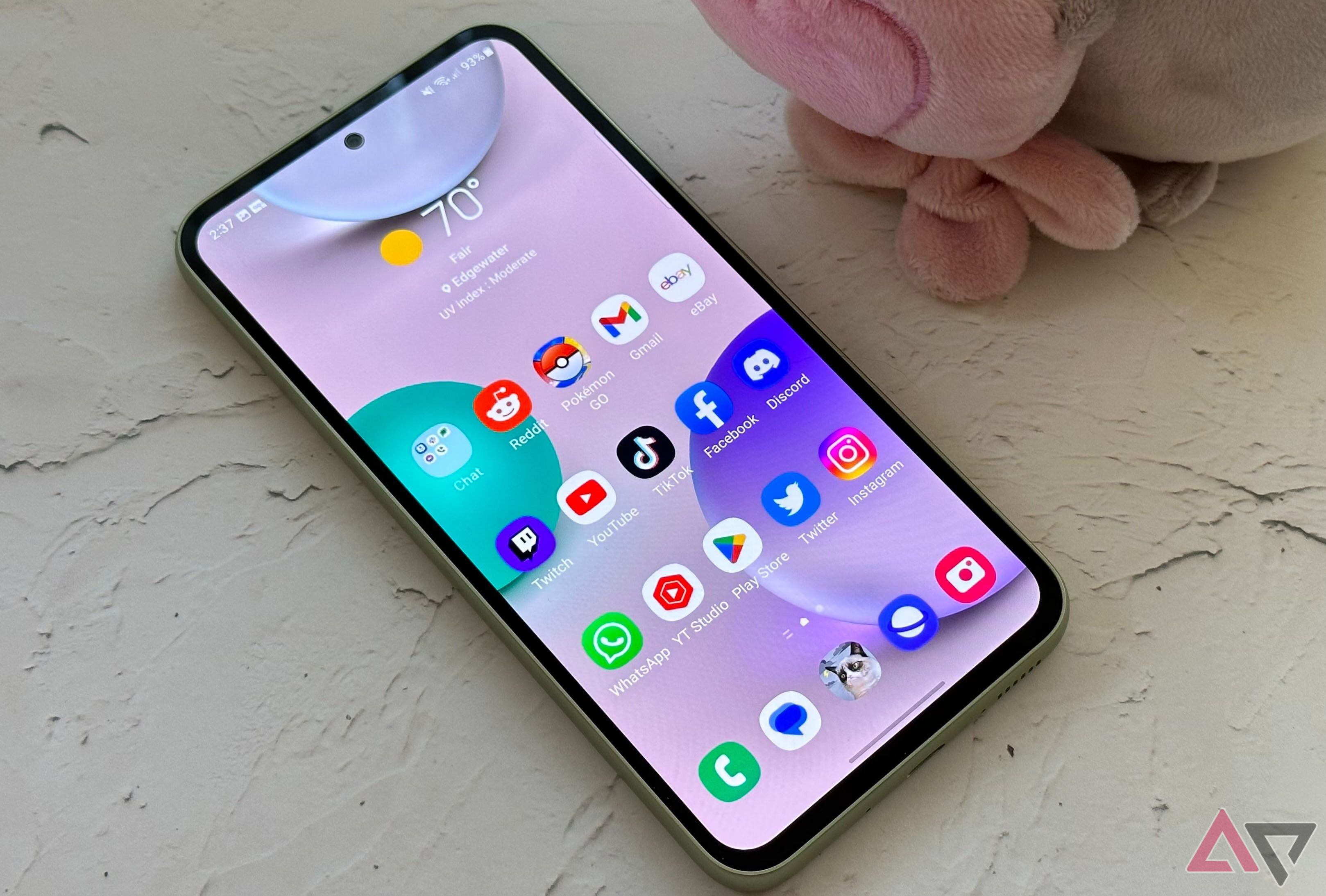
Samsung isn’t bringing its Pixel 8a competitor to the US this year
Galaxy fans will have to pick between the A35 or the S23 FE
Frustratingly, there’s not even much difference between settling for last year’s A54 or waiting for the A35, since the only apparent differences are the ultrawide and selfie camera resolutions. But, while Samsung’s midrangers slide down the hierarchy, other formerly affordable phones are going the other direction.
Are the cheaper Pixels getting too big for their britches?
The Pixel A series is going through an identity crisis. Roughly five years ago, the Pixel 3a and 3a XL were released at $400 and $320 less than the Pixel 3 and 3XL, respectively. Google made significant sacrifices in terms of processor performance but otherwise delivered similar experiences despite being almost half the flagships’ price.
The 2023 Motorola Edge is especially OK, now that it’s often found at a deep discount
Fast-forward to 2023, and it’s kind of tough to even tell the Pixel 7 and 7a apart. What’s the point of offering such similar devices, and will Google make this mistake again with the Pixel 8 and 8a? So far, things don’t look very bright if current rumors are to be believed.
Google’s 10 million Pixel 7a sales doubled the success of its budget predecessor
Picking pockets with a pricier Pixel A
The Pixel 8a’s heavily rumored $50 price increase would land it at a $550 MSRP. This could well be the straw that breaks the camel’s back and puts Google’s non-flagship line out of reach for otherwise loyal customers.
We’re not so much accusing the Big G of overpricing its next midranger as we are suggesting it might actually beoverequipped. Pixel 8a rumors and leaks indicate that, similar to the 7a, the 8a will likely sport a similar 120Hz, 1,400-nit panel and an identical Tensor G3 chipset as the Pixel 8.
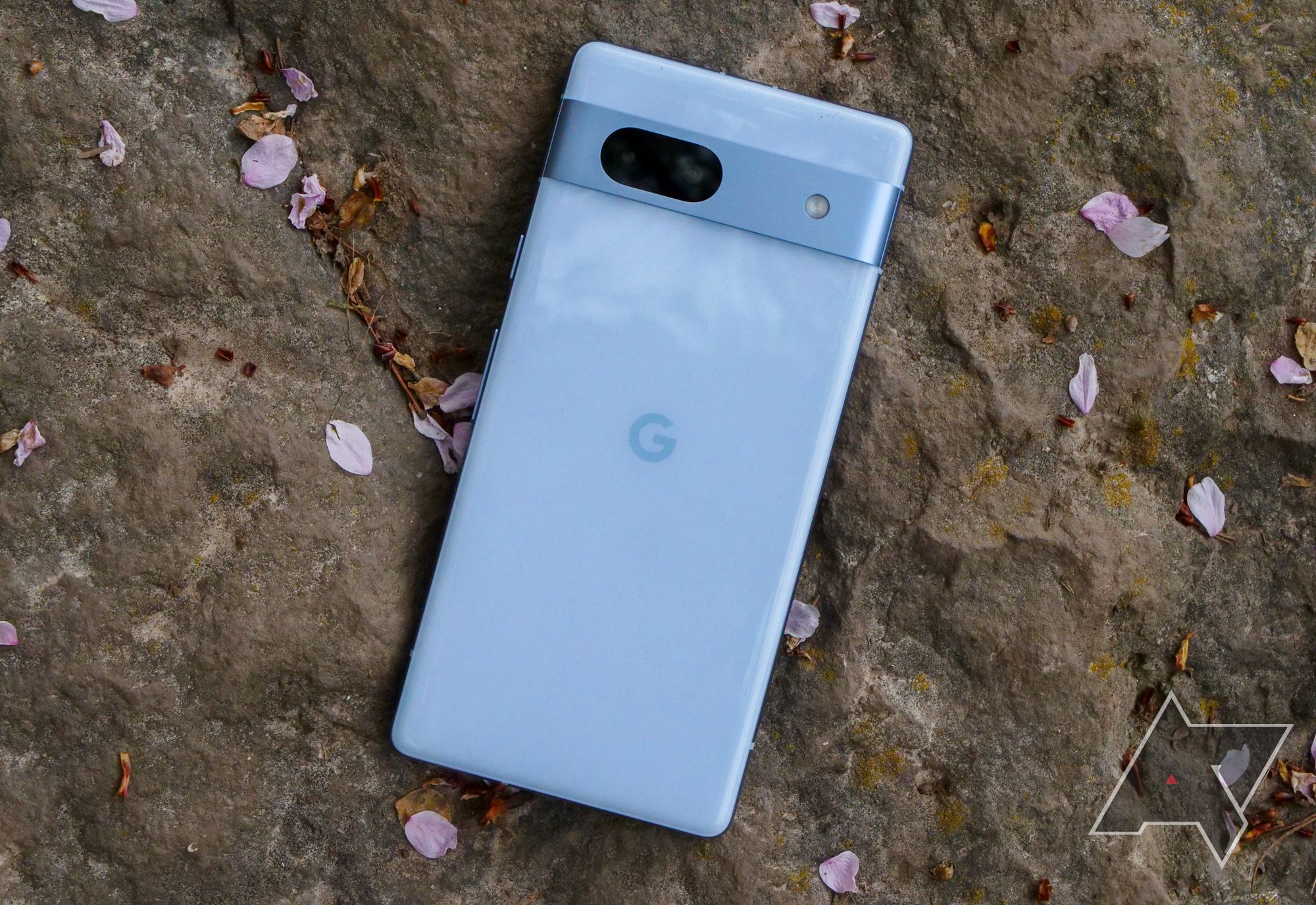
The Pixel 8a might cost nearly as much as Google’s 2022 flagship
Get ready to pay even more for the next A-series entry
Since the Pixel 6 introduced Google’s roughly semiannual tick-tock release cycle for its flagship and A series releases, each generation has shared the same Tensor SoC. But with a practically indistinguishable device hitting the market six months later at a discount of just $150 (when you could likely otherwise find a Pixel 8 on sale for that much), we have to ask, “Why?”
When will the US get those great international midrangers?
That’s the neat part, you don’t
The really frustrating thing about all this? There’s actually a wealth of excellent smartphones right now that cost roughly the equivalent of $400; they’ll never come to the US. Last year’s Motorola Edge 40 fit the bill pretty well and even found its way stateside as the Edge (2023) — with a Dimensity 7030 SoC that’s closely comparable to the Exynos 1380. So, while the upcoming Edge 50 Pro might come to the US, don’t expect it to bring the same awesome Snapdragon 7 Gen 3 SoC with it.
Source: OnePlus
The Nord CE 4 uses the awesome Snapdragon 7 Gen 3, and no, you can’t have one
Similarly, a rebrand of China’s OnePlus Ace 3V, possibly called the Nord 4, will likely sport the same Snapdragon 7 chip and an assortment of powerful hardware at a good price. But there’s no way it’s headed Stateside. There’s a glut of cost-effective, powerful international phones from companies like Realme, Xiaomi, Tecno, and more that won’t ever see the shores of North America. And you almost certainly don’t want to import one since it won’t work well on a US network.
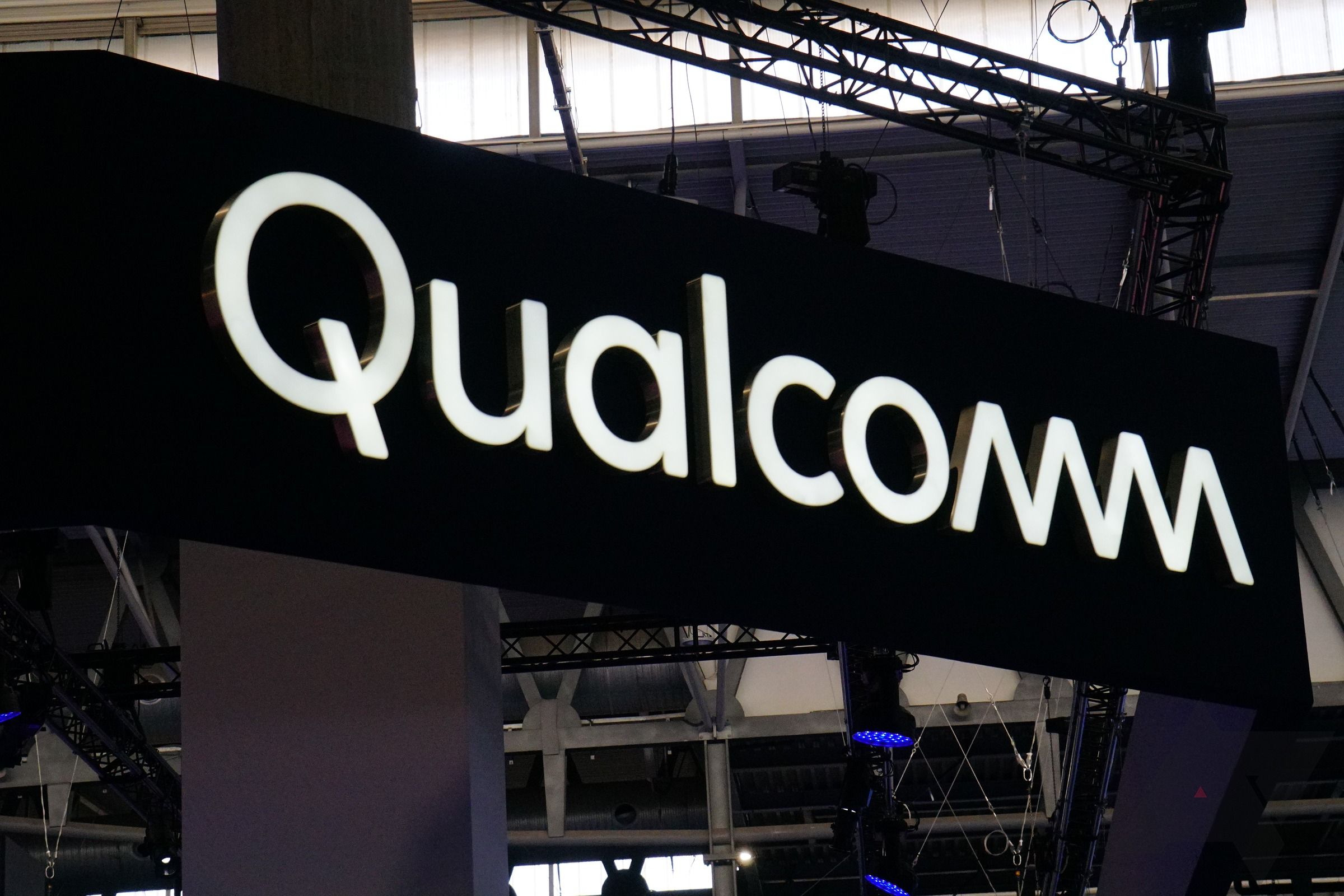
This year’s Snapdragon 7+ could get a flagship-tier upgrade
Snapdragon 8 Gen 3 architecture may be coming to midrange devices
The one US budget midrange phone
The Pixel 7a (unless you make big sacrifices)
The Pixel 7a’s nearly as good as the Pixel 7, and now that most retailers (Google included) have shaved it down to $374, it’s an unbeatable value domestically. There are other very good US phones in this price range, but they pale in comparison to both the software and hardware of Google’s potentially last-ever truly budget-friendly A series.
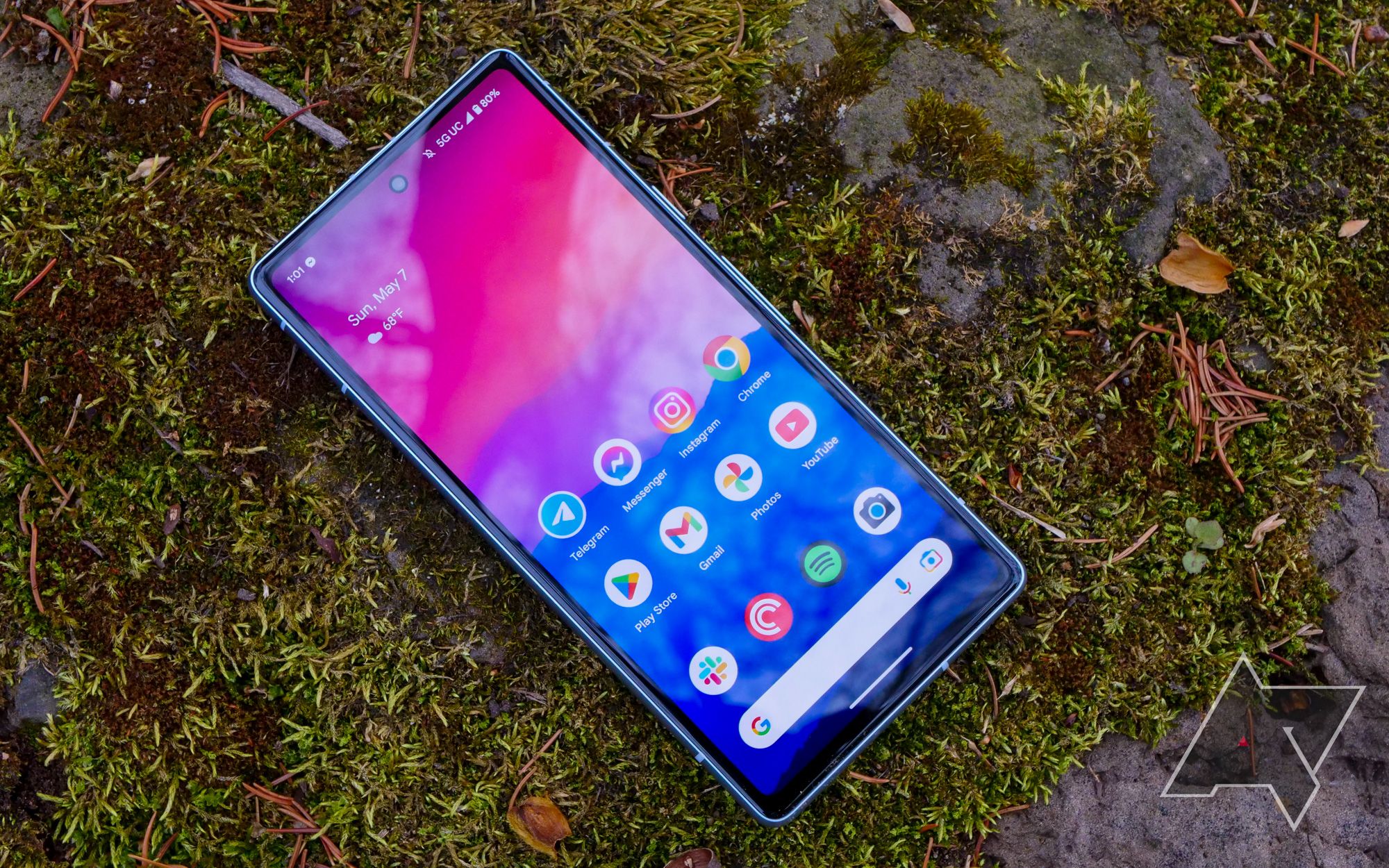
At $374, the Pixel 7a is the only budget Android phone worth buying
If you’ve got $400 to spend on a new smartphone, this is your best option, bar none
As great as the 7a is, our goal isn’t to find a single viable, affordable midrange phone. A little choice would be nice, especially for people who want a screen bigger than 6.1″. With that in mind, your other option is the secondhand market or an old flagship. But used and refurbished phones can be dicey purchases, and a brand new Galaxy S21 FE (for example) comes with just 6GB of RAM and will stop at Android 15.
Strangely enough, the US market’s been in this rut for a while.There’s a lot of $300 phones and a lot of $500 phones and not much in between, and the user experience is drastically different between those two levels. And much like the lack of small phones, there doesn’t appear to be a clear way forward for midrange devices that hit the $00 sweet spot. But as soon as we catch wind of a high-performing, moderately priced (and maybe even compact) phone that works on US carriers, you can bet we’ll shout it from the rooftops.
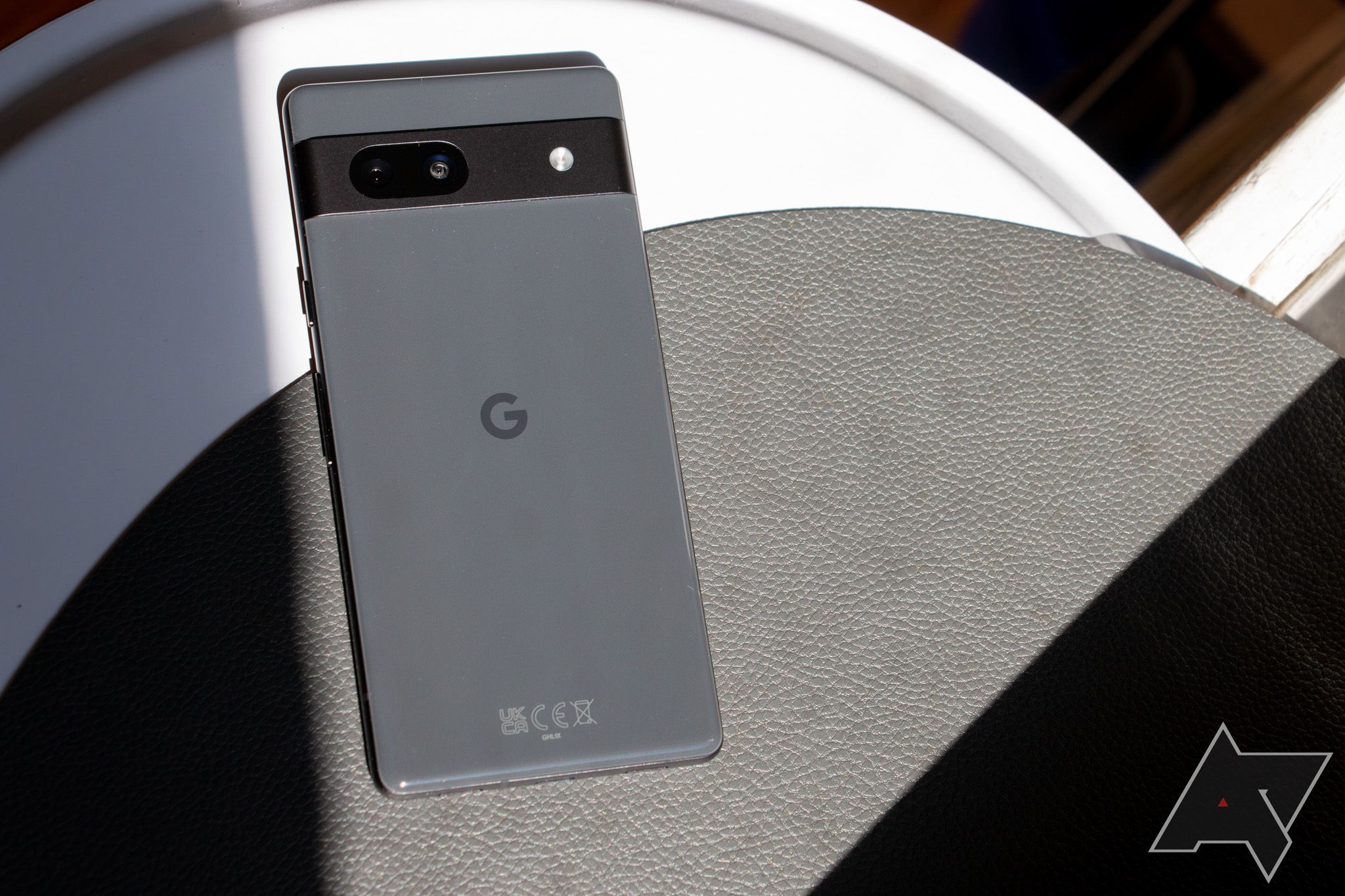
5 things Google needs to fix with the Pixel 8a
Time for Google to address some longstanding issues with its mid-range Pixel
Source link

